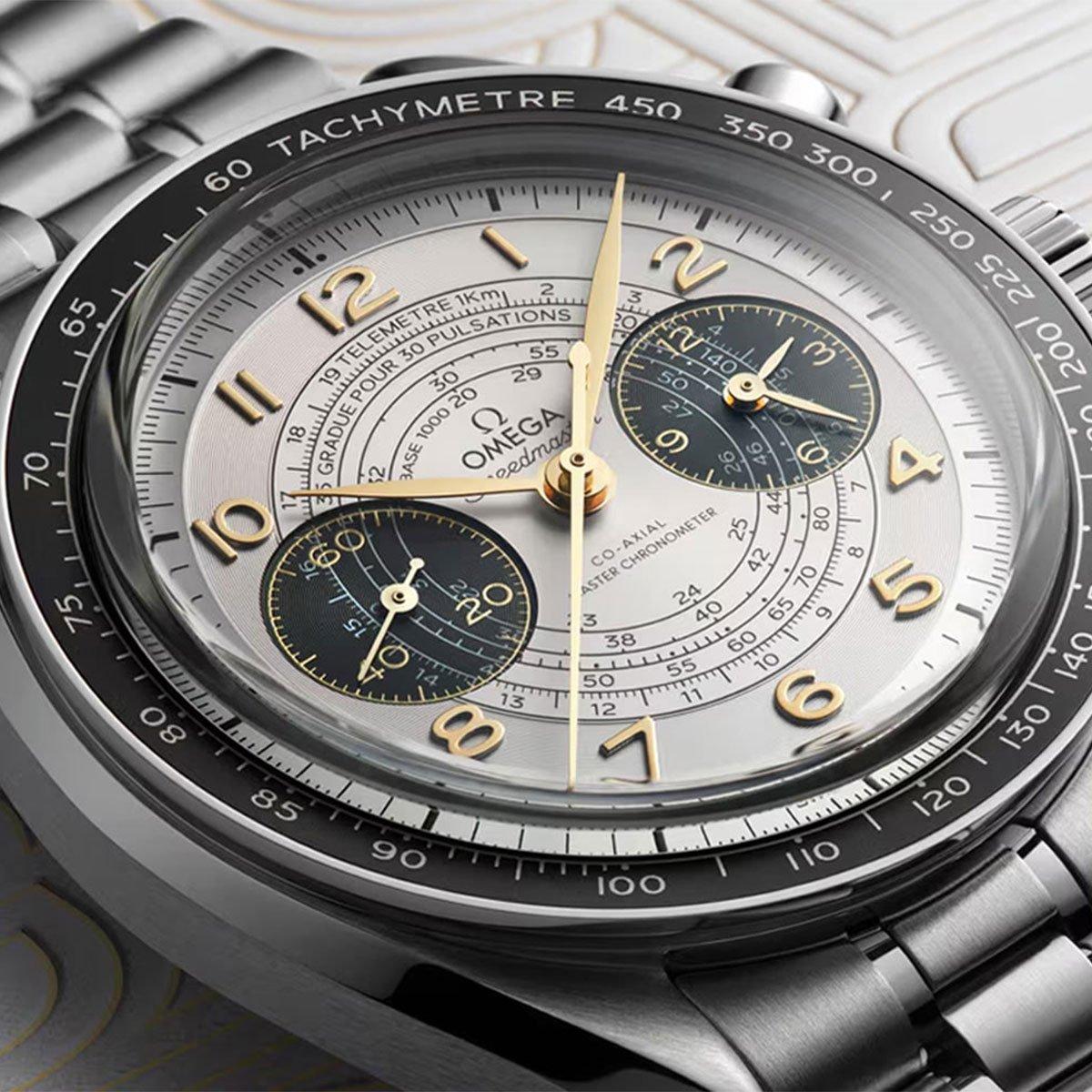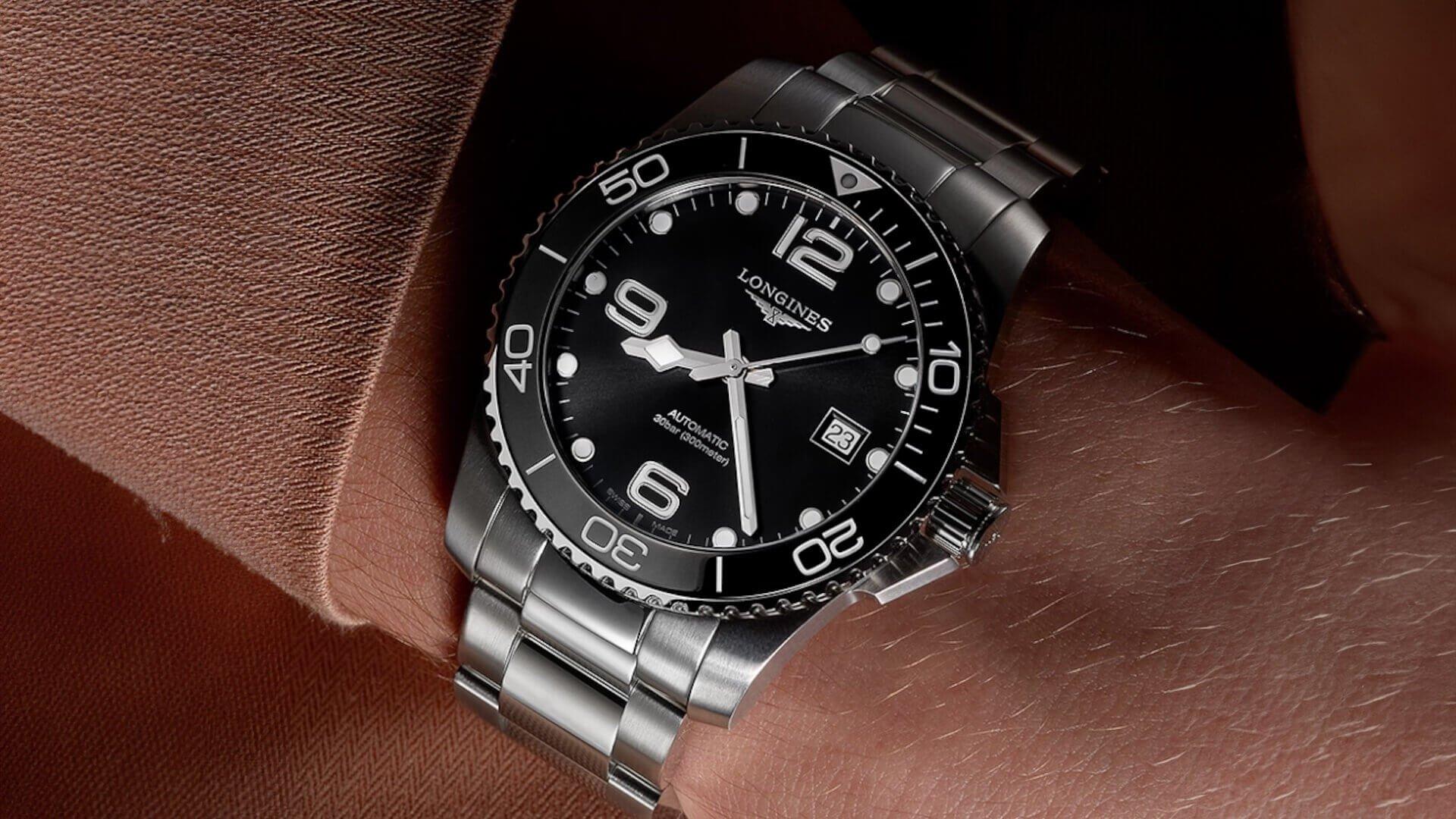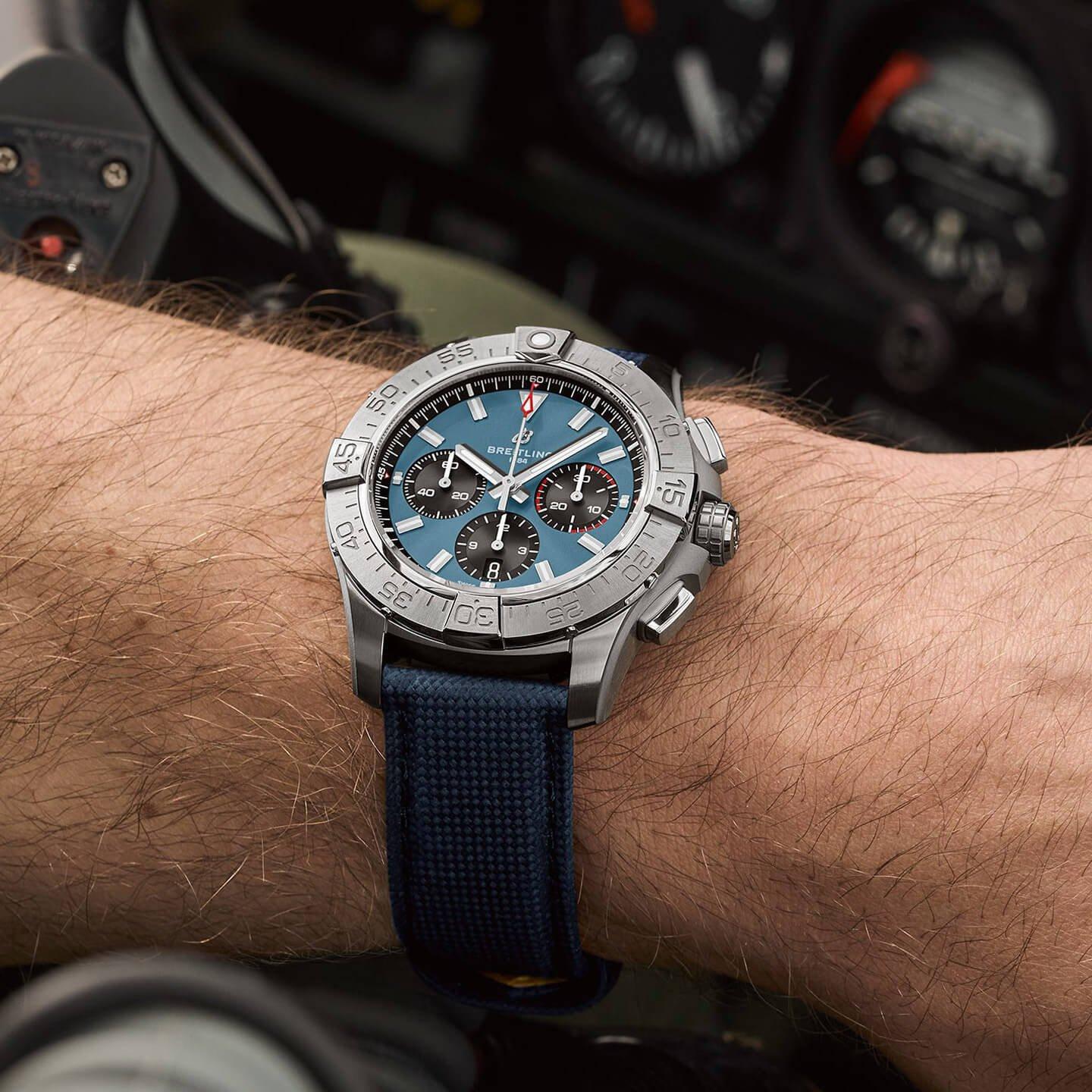Swiss Watch Mechanisms And Movements
Explore the guide:
Prestige
The beating heart of your watch, the movement is an intricate mechanism containing hundreds of moving parts which work together to keep track of time. Each watch movement, or calibre, will have its own characteristic whilst, undoubtedly, the most special calibres are those made in-house by the brands, the so-called 'manufacture movements'.
Highly engineered and drawing on generations of handed-down Swiss watchmaking know-how, these in-house developments have resulted in calibres such as TAG Heuer's 1887 movement and Zenith's El Primero which have changed the face of watchmaking itself.
Types of Movement
There are three main types of watch movement, and each may also have further features (or complications) such as chronograph functions, day/date or moon phase displays.
Swiss Movement Innovations

ZENITH El Primero
Widely claimed to be the first automatic chronograph, Zenith’s iconic El Primero movement also has the illustrious reputation of being the world’s most precise series-made chronograph – capable of measuring time to 1/10th of a second, another first for a mechanical wristwatch.
OMEGA Anti-magnetic watches
Taking its first foray into the world of anti-magnetic watches in 1957, the Omega Railmaster was designed specifically for railway staff and was able to resist magnetic fields of up to 1,000 gauss thanks to its copper movement and special double case.
In 2013 Omega launched a new Seamaster Aqua Terra which significantly improved upon this, taking the approach of making the movement itself resistant to magnetic fields rather than relying on an inner protective case.
The Quest For High Precision
All Swiss-made movements must meet extremely high levels of precision before they make it onto your wrist. However, with Swiss watch brands continuously striving for advancements in precision, around 6% of all the movements produced in Switzerland each year achieve the coveted status of Certified Chronometer.
Founded in 1973 and building on the heritage of independent horological laboratories founded in the late 19th century, chronometer status is granted by the Controle Officiel Suisse des Chronometres (COSC), a Swiss non-profit organisation.
The Quest For High Precision
All Swiss-made movements must meet extremely high levels of precision before they make it onto your wrist. However, with Swiss watch brands continuously striving for advancements in precision, around 6% of all the movements produced in Switzerland each year achieve the coveted status of Certified Chronometer.
Founded in 1973 and building on the heritage of independent horological laboratories founded in the late 19th century, chronometer status is granted by the Controle Officiel Suisse des Chronometres (COSC), a Swiss non-profit organisation.
Master Chronometer Certified
Despite the highest quality assured by the COSC certification, some Swiss watch brands go even further in their quest to demonstrate the quality of their watchmaking.
A certification applied to the completed timepiece rather than just the movement, the watch (whose movement is COSC certified) must pass tests approved by the Swiss Federal Institute of Metrology (METAS) to become a Master Chronometer. Replicating conditions the watch would experience on your wrist, it must demonstrate resistance to water and magnetic fields far beyond the standards that have long been the norm in the Swiss watch industry.


